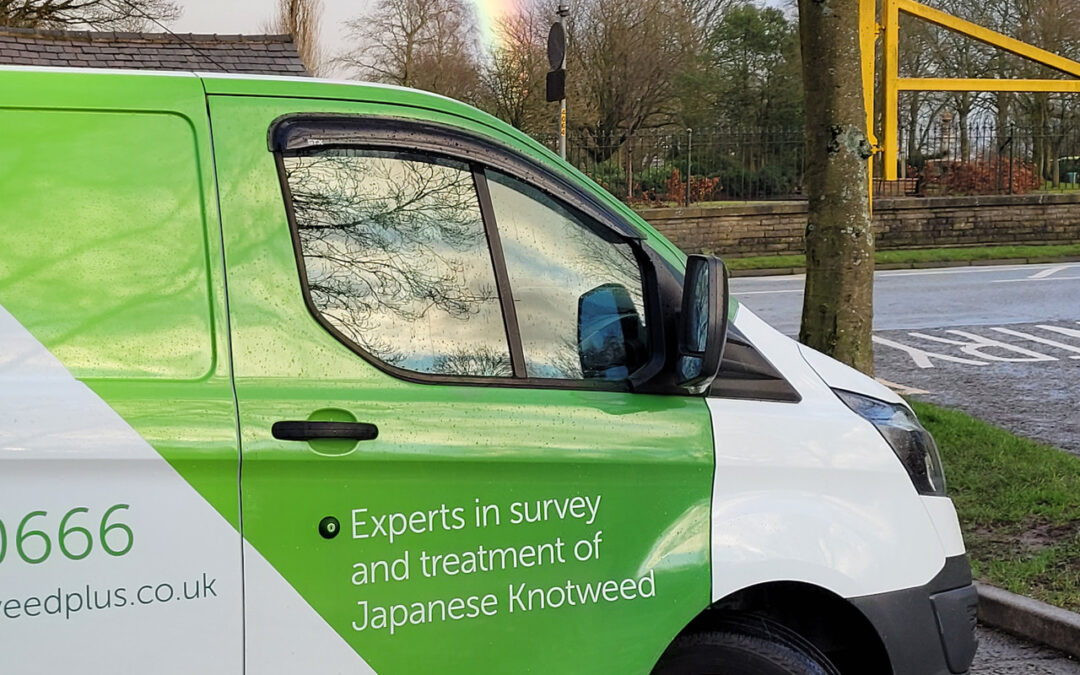How to Minimize the Impact of Japanese Knotweed on Your Property
Japanese Knotweed is a highly invasive species that can cause serious damage to your property if not handled properly.
It can grow up to 10cm a day and can penetrate through concrete, tarmac, and even foundations. It is therefore essential to take immediate action if you suspect the presence of Japanese Knotweed on your property.
Identifying Japanese Knotweed
The first step in minimizing the impact of Japanese Knotweed on your property is to identify it. Japanese Knotweed has distinct features that make it easy to identify. It has hollow stems with purple speckles, and its leaves are broad, heart-shaped, and green. It also produces white or cream flowers during the summer months.
Preventing the Spread of Japanese Knotweed
Once you have identified Japanese Knotweed on your property, the next step is to prevent its spread.
Japanese Knotweed can spread quickly, especially during the summer months when it grows rapidly. To prevent its spread, you should:
- Avoid cutting or mowing Japanese Knotweed as it can spread the plant through its cuttings.
- Avoid moving soil or waste from an infected area to a non-infected area as it can spread the plant’s rhizomes.
- Avoid composting Japanese Knotweed as it can spread the plant through its seeds.
- Use a licensed waste carrier to dispose of Japanese Knotweed waste.
Treating Japanese Knotweed
Treating Japanese Knotweed requires a comprehensive approach that involves using various methods to ensure its complete eradication. Some of the treatment methods that can be used include:
- Herbicides – Herbicides can be used to treat Japanese Knotweed. However, it is essential to use herbicides that are specifically designed for treating Japanese Knotweed.
- Excavation – Excavation involves digging out the entire plant and its rhizome system. It is an effective treatment method for small areas of infestation.
- Stem Injection – Stem injection involves injecting herbicides directly into the plant’s stem. It is an effective treatment method for areas where excavation is not possible.
- Biological Control – Biological control involves using insects or fungi to control Japanese Knotweed. It is a long-term treatment method that requires patience and persistence.
Conclusion
Japanese Knotweed can cause significant damage to your property if not handled properly. Identifying, preventing the spread, and treating Japanese Knotweed require a comprehensive approach. We recommend seeking professional help if you suspect the presence of Japanese Knotweed on your property. Remember, prevention is better than cure, and taking immediate action is crucial in minimizing the impact of Japanese Knotweed on your property.
Learn how to minimize the impact of Japanese Knotweed on your property with our comprehensive guide. Identify, prevent the spread, and treat this invasive species with our expert tips and methods. Don’t let Japanese Knotweed cause serious damage to your property – take action today.
